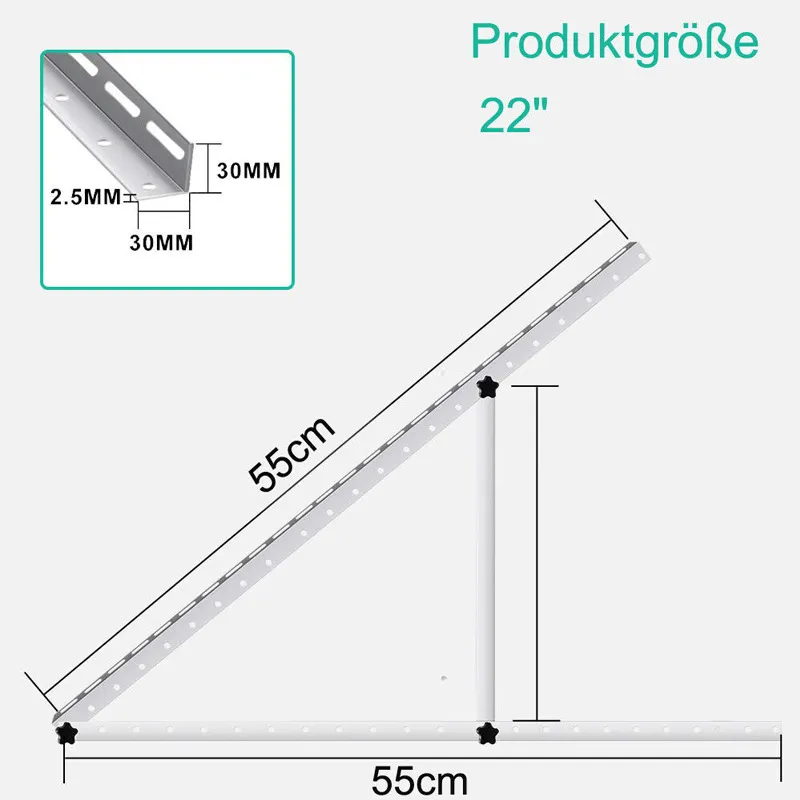

Exploring the Latest Innovations in Bolt Technology and Applications Today
Dec . 05, 2024 11:30 Back to list
Exploring the Latest Innovations in Bolt Technology and Applications Today
Understanding Bolts The Unsung Heroes of Engineering
Bolts are often overlooked in discussions about engineering and construction, yet they play a critical role in ensuring the stability and safety of countless structures and machines. Acting as the unsung heroes of the industry, bolts provide the necessary fastening solutions required for everything from towering skyscrapers to intricate machinery. This article seeks to delve into the significance of bolts, their types, uses, and the key factors that engineers consider when selecting them.
At its core, a bolt is a type of fastener used to hold objects together. Typically made from metals such as steel, stainless steel, or alloy, bolts are characterized by their cylindrical shape, which features a threaded shaft and a head. The head allows for the application of torque, while the threads provide the gripping force needed to hold components securely. Bolts are commonly used in conjunction with nuts and washers, which help to distribute the load and prevent loosening.
One of the most common types of bolts is the hex bolt, which features a hexagonal head that can be easily tightened with a wrench. These bolts are widely used in construction and automotive applications due to their strength and versatility. Another essential type is the carriage bolt, known for its smooth round head and square neck, which prevents it from turning when tightened. Carriage bolts are often used in wood applications, such as constructing decks or furniture.
When it comes to selecting the right bolt for a specific application, engineers must consider several key factors. One of the primary considerations is the material of the bolt. The choice of material affects not only the strength of the bolt but also its resistance to corrosion. For instance, stainless steel bolts are ideal for outdoor applications or environments where moisture is present, as they resist rust and deterioration. On the other hand, galvanized bolts are coated with zinc to provide similar protection against the elements at a lower cost.
bolts t

Another crucial aspect is the bolt's grade. Bolt grades denote the tensile strength, which is critical for determining how much load the bolt can handle. Standard grades range from Grade 2 (low strength) to Grade 8 (high strength), with additional specifications provided for special applications. In high-stress environments, such as aerospace engineering or heavy machinery, selecting a higher-grade bolt is essential to ensure safety and reliability.
Additionally, the sizing of bolts also plays a pivotal role in their effectiveness. Engineers must accurately measure the length, diameter, and thread pitch to ensure that a bolt fits properly within a given application. An improperly sized bolt can lead to joint failure, which can have catastrophic consequences, especially in structural applications such as bridges and buildings.
Furthermore, the installation process is equally important
. Proper torque must be applied when tightening bolts to achieve the desired clamping force. Over-tightening can lead to deformation, while under-tightening may result in loosening due to vibrations or changing loads. As such, torque wrenches and other tools are often employed to achieve the necessary precision during installation.In conclusion, while bolts may seem simple and unassuming, their importance in engineering and construction cannot be overstated. They provide the crucial link between components that allows structures and machines to function safely and effectively. As engineering continues to evolve with advancements in materials and technology, the role of bolts will remain fundamental to the integrity of countless applications. Understanding the various types of bolts, selection criteria, and installation practices is essential for engineers aiming to ensure that their projects are built to last.
Latest news
-
High-Strength Hot-Dip Galvanized Bolts-Hebei Longze|Corrosion Resistance&High Strength
NewsJul.30,2025
-
Hot Dip Galvanized Bolts-Hebei Longze|Corrosion Resistance&High Strength
NewsJul.30,2025
-
Hot Dip Galvanized Bolts - Hebei Longze | Corrosion Resistance, High Strength
NewsJul.30,2025
-
High-Strength Hot Dip Galvanized Bolts-Hebei Longze|Corrosion Resistance, Grade 8.8
NewsJul.30,2025
-
Hot Dip Galvanized Bolts-Hebei Longze|Corrosion Resistance,High Strength
NewsJul.29,2025
-
High-Strength Hot Dip Galvanized Bolts - Hebei Longze Metal Products Manufacturing Co., Ltd.|corrosion resistance&high strength
NewsJul.29,2025

